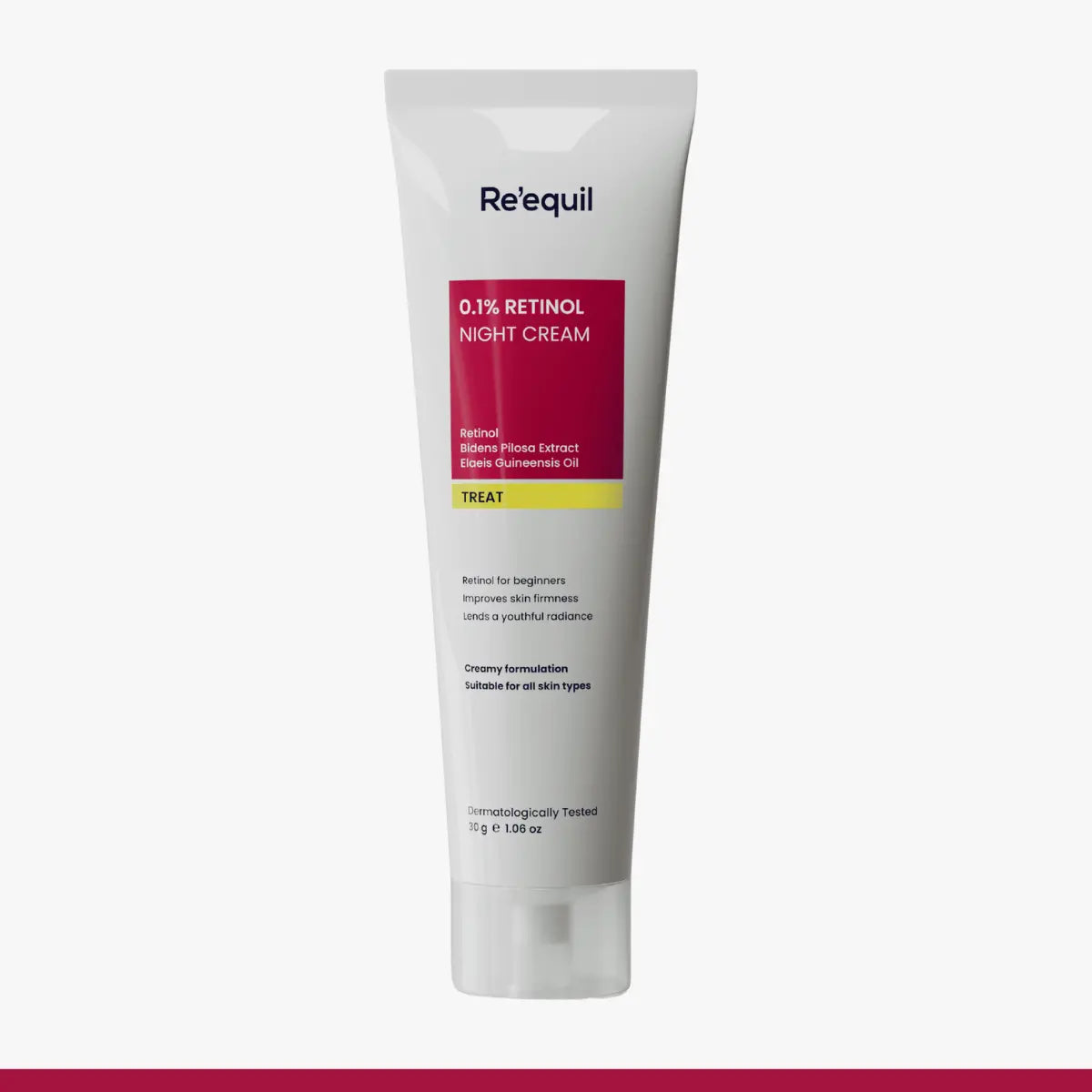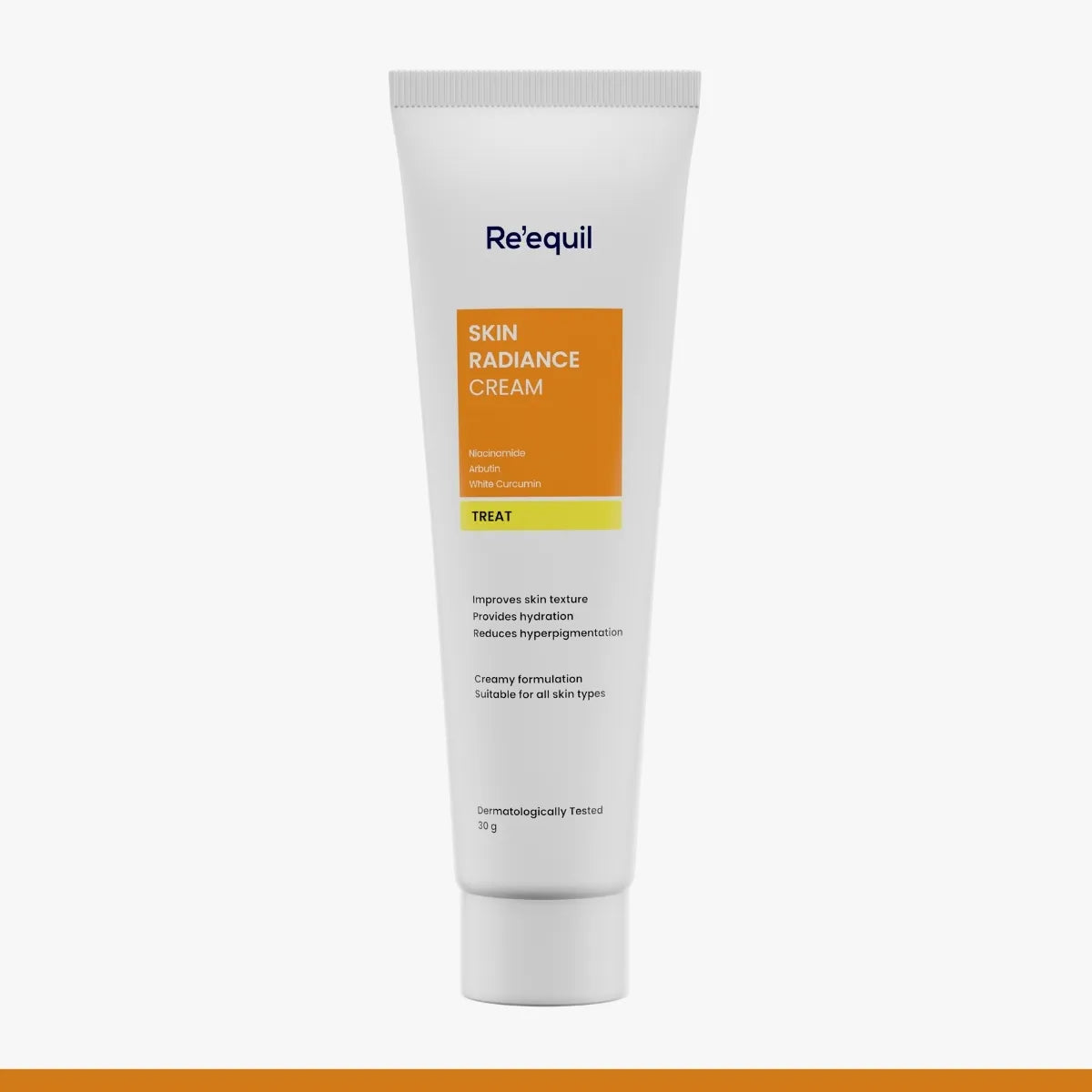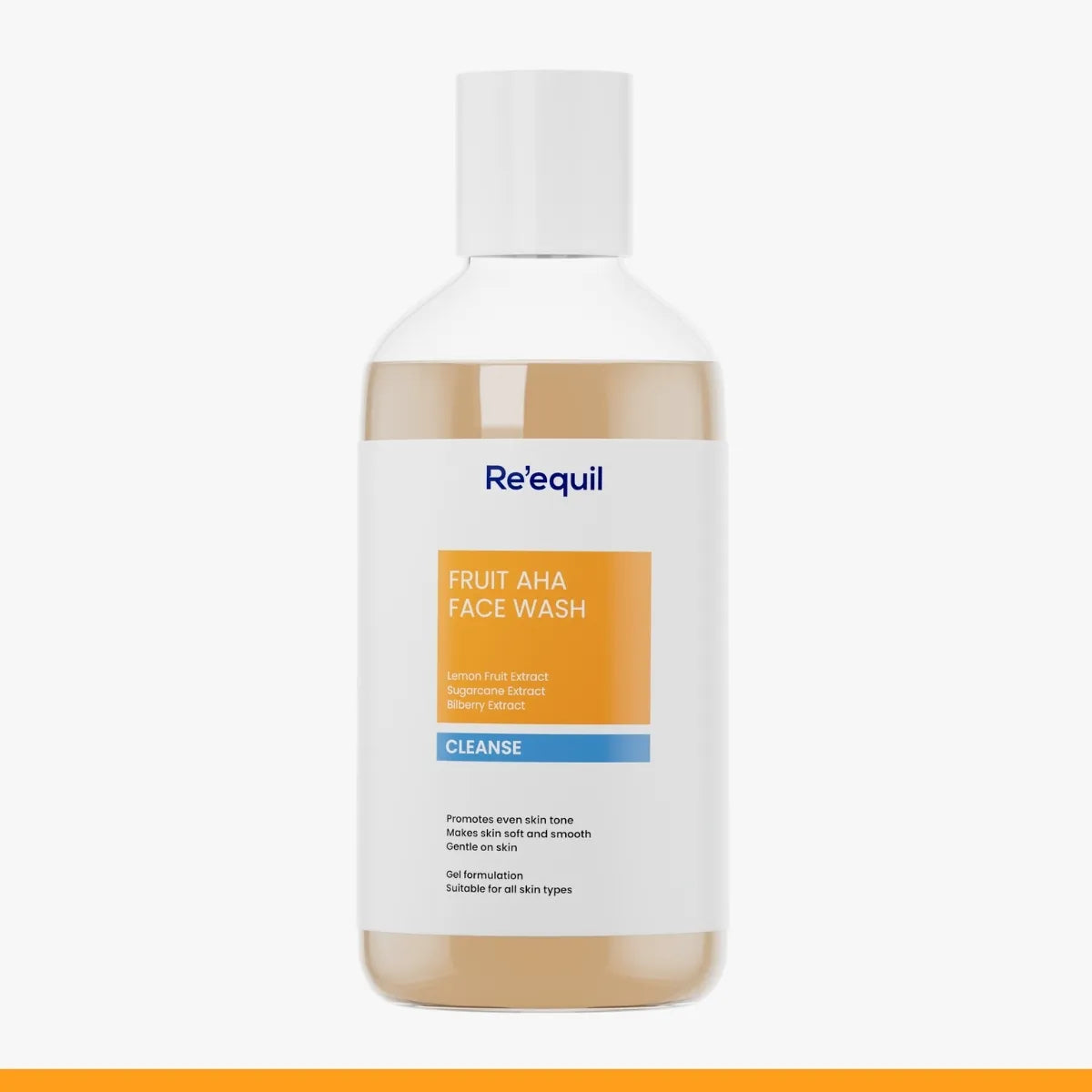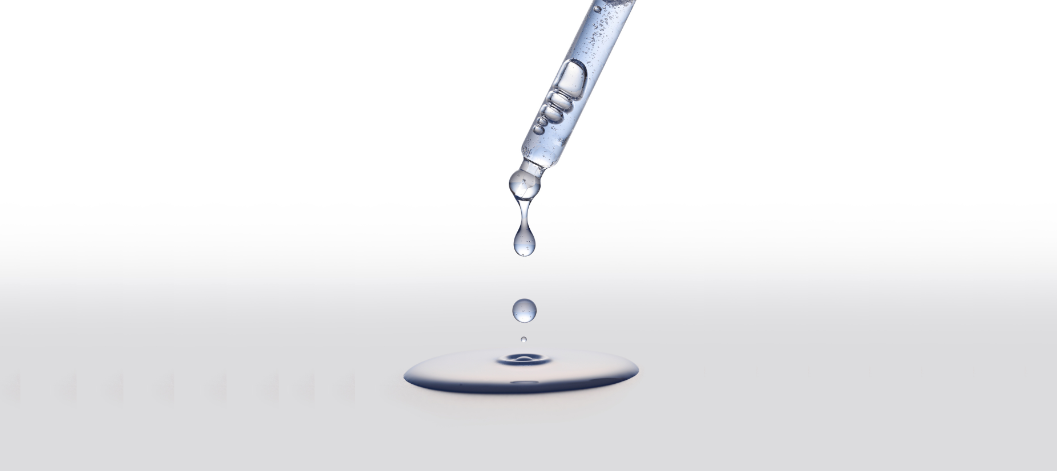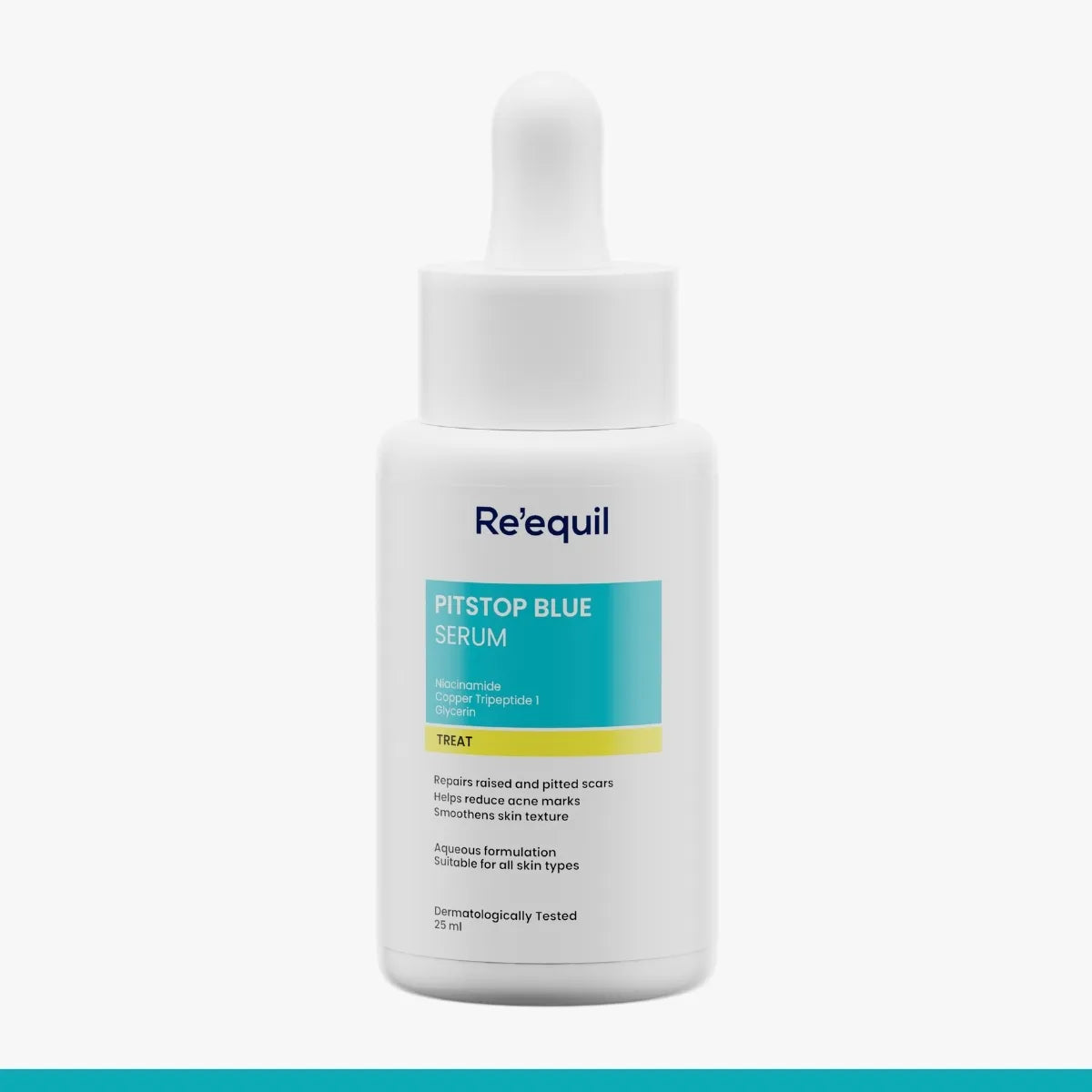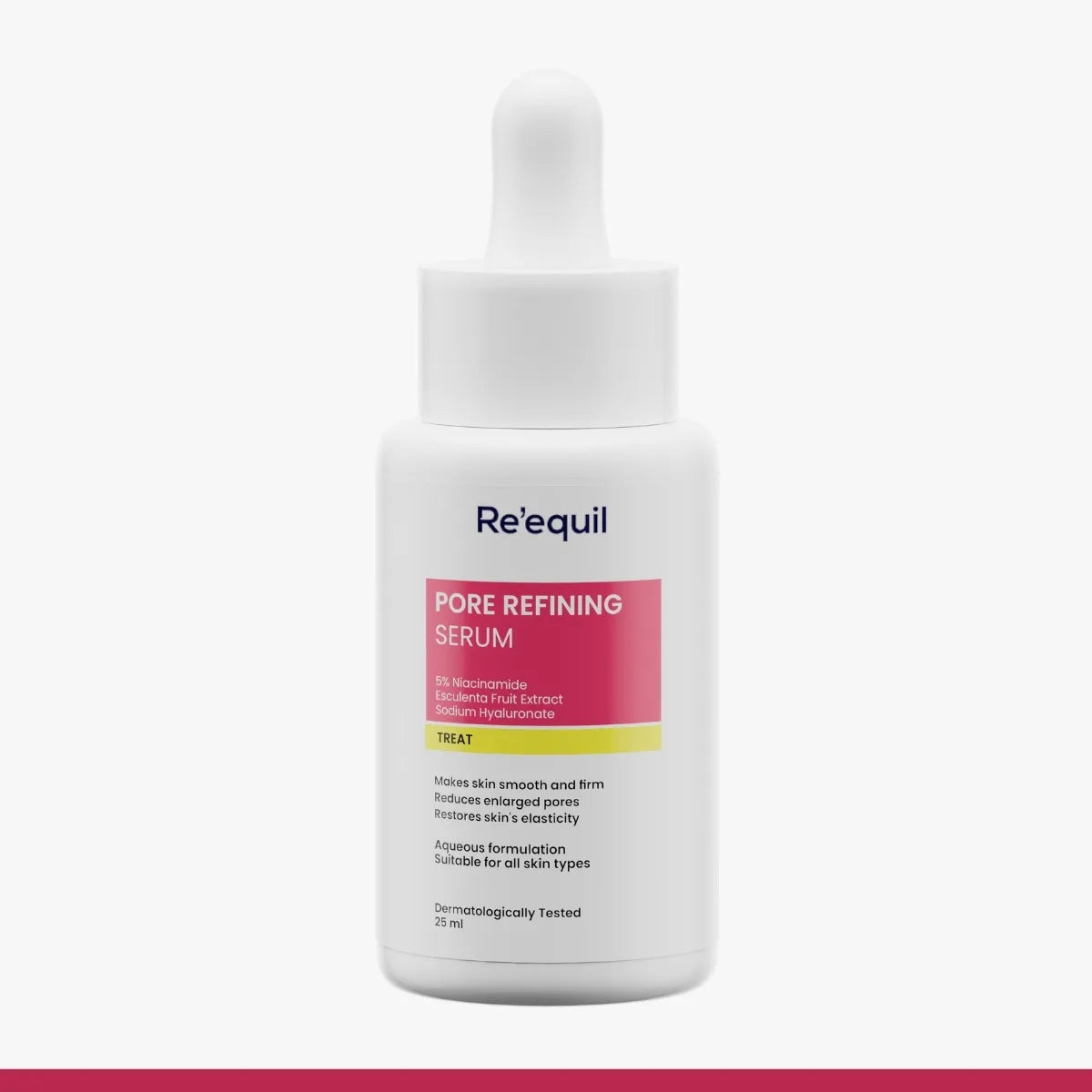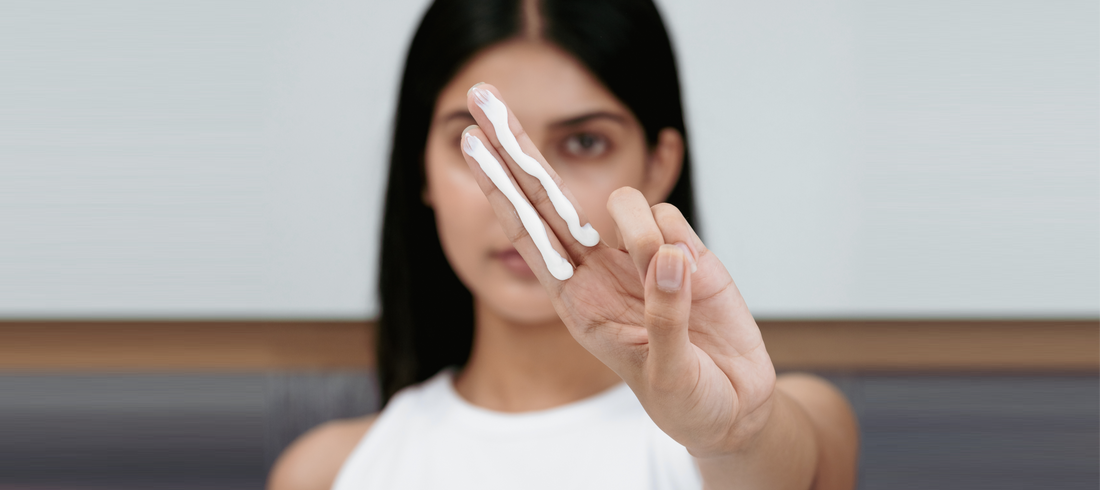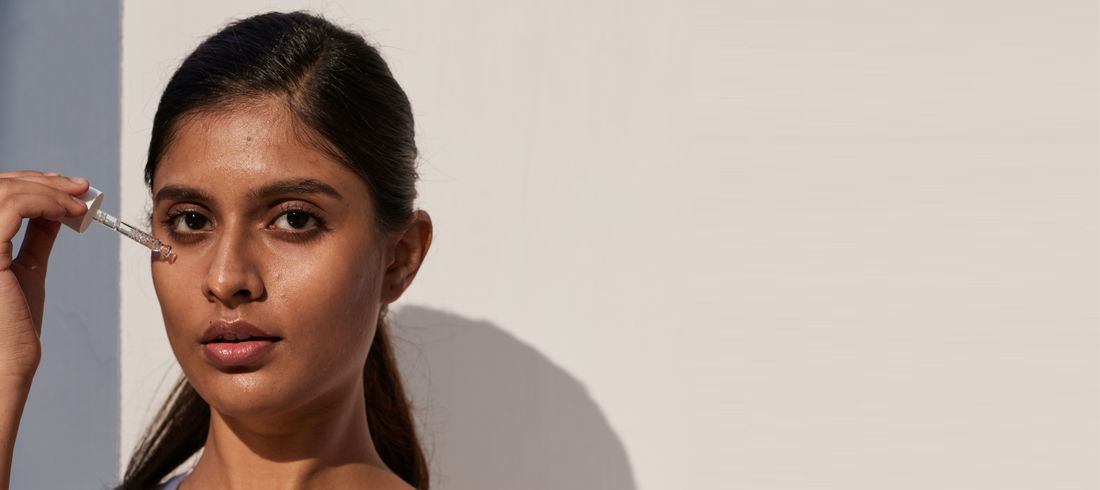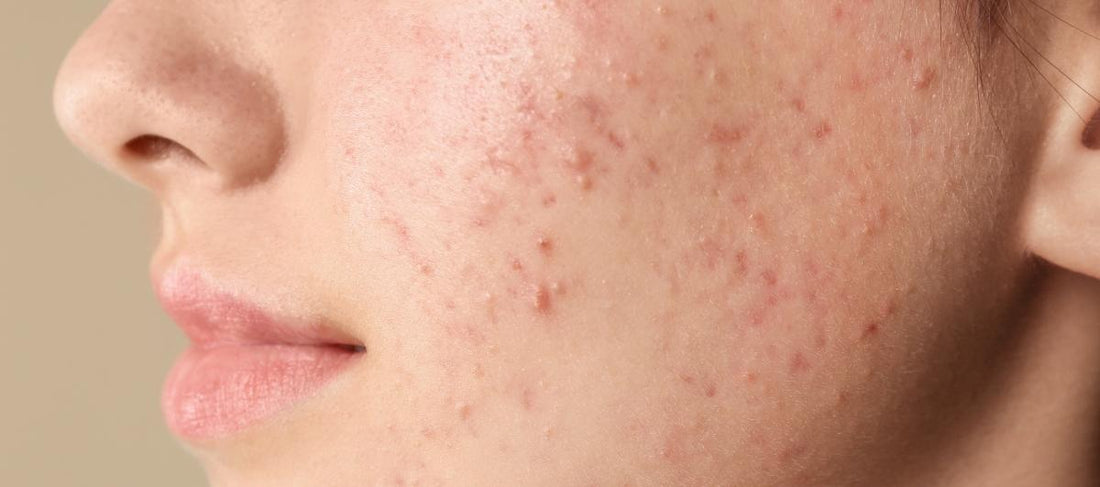Skincare ingredients that don’t pair well with Niacinamide
Niacinamide is easy to add to your skincare routine.
It is less likely to cause any adverse effects—and fortunately—pairs well with other active skincare ingredients—potent ones too.
Moreover, it is suitable for all skin types—even sensitive and acne-prone (with the right concentration obviously).
But, there is one area you need to be careful about—that is
AHAs and BHAs
Niacinamide might not reach its full effectiveness when mixed with AHAs or BHAs.
Moreover, this combination could be overwhelming for your skin, leading to adverse effects such as skin peeling, redness, and itchiness.
It is all about the pH level
A skin’s ideal pH level is somewhere from 4.8 to 5.75.
If the skin’s pH level is below this parameter—it is considered acidic. And, above it, alkaline.
A study shows that individuals with acne had a pH level of 5.9 or above.
AHAs and BHAs, in most topical products, have a pH level of around 3 to 4.
On the other hand, Niacinamide has a slightly higher—pH of 5 or above.
Mixing Niacinamide with AHAs or BHAs can result in -
- Increased pH level of the acids (AHAs and BHAs)
- And, decreased pH level of the Niacinamide.
This can result in reduced efficacy of both Niacinamide and the two acids.
Imagine using some of the best chemical exfoliants (AHAs or BHAs) and one of the most renowned treatments (Niacinamide) for hyperpigmentation—and not seeing any results.
Not only that, AHAs are absorbed quickly due to their low pH levels.
But if you mix it with Niacinamide, the increased pH level of AHAs can make it difficult to absorb into your skin.
On the other side of the fence, if the pH level of Niacinamide is decreased, it may convert into Niacin, which is not so suitable for all skin types.
And, can cause redness, itching to individuals with sensitive or acne-prone skin.
Which skincare ingredients work best with Niacinamide?
Except for AHAs and BHAs, Niacinamide can be paired with every other skincare routine.
Here are 3 ingredients that can enhance the efficacy of Niacinamide, giving better and quicker results.
Retinol
Can you believe Retinol made this list?
Whenever someone thinks of mixing Retinol with any other skincare ingredient—doubts are bound to arise—reasonably too.
But with Niacinamide? You have nothing to worry about.
First of all, this combination has no adverse effects.
A 2020 study says this combination can increase the efficacy of each other.
The findings from the study also say that
Using Retinol and Niacinamide together may have enhanced efficacy for treating the appearance of photoaged skin.
Another study by the Journal of Drugs in Dermatology says that the combination of 0.5% Retinol with Niacinamide is efficacious and tolerable treatment for skin brightening/anti-ageing.
Moreover, as you might know, Retinol can cause several side effects like itchiness, redness, or purging.
But using Retinol with Niacinamide can help you mitigate these side effects.
A 2008 study says that Niacinamide strengthens the skin’s barrier function, helping the skin counteract irritation and dryness caused by Retinol.
How to use Retinol and Niacinamide together -
There are two ways you can use this combination: use them together in your nighttime routine or use Niacinamide in the morning and Retinol at night.
If you are using them together at night, here is the best way to do it -
- Wash your face with a gentle cleanser.
- Pat your skin dry with a clean towel.
- Apply Niacinamide to your entire face, whether it's a serum or cream/moisturiser. Wait for 25 to 30 minutes.
- Apply a pea-sized amount of Retinol.
- The next day, be sure to apply a broad-spectrum sunscreen.
READ - Dream Team or Double Trouble? The Truth About Using Niacinamide and Retinol Together
Vitamin C
Contrary to popular belief, you can use Niacinamide with Vitamin C—best if they are formulated in the same skincare product.
This combination can reduce oxidative stress, which is known to be the primary cause of wrinkles and fine lines.
Moreover, the combination can reduce free radicals (the primary cause of premature ageing).
A 2022 study says using Vitamin C and Niacinamide can be an effective treatment for hyperpigmentation.
This is because the combination can help reduce melanogenesis, a process where epidermal units produce and distribute melanin (a natural skin pigment responsible for giving colour to your skin).
But make sure to use Vitamin C first and then Niacinamide.
Topical Vitamin C can be unstable and might not reach your dermis as easily as Niacinamide.
So apply Vitamin C first, wait for a minute to let it absorb into your skin and then apply Niacinamide.
READ - Here Is What Dermatologists Say About Using Vitamin C And Niacinamide Together
Hyaluronic Acid
Among all, the combination of Hyaluronic Acid and Niacinamide is the safest.
This combination effectively helps counteract skin concerns like wrinkles, hyperpigmentation, dullness, and sun damage.
Primarily, this combination is known for strengthening the skin’s barrier function.
Niacinamide boosts ceramide production, improving the skin’s barrier function, while hyaluronic acid hydrates the skin's surface, providing additional barrier support.
This helps protect your skin better against environmental damage.
READ - This is why you should start using Niacinamide and Hyaluronic Acid together
References
1. Park, H. J., Byun, A., Oh, S., Kim, H. M., Chung, M. S., Son, K. H., & Byun, K. (2022). The Combination of Niacinamide, Vitamin C, and PDRN Mitigates Melanogenesis by Modulating Nicotinamide Nucleotide Transhydrogenase. Molecules, 27(15).
2. Prakash, C., Bhargava, P., Tiwari, S., Majumdar, B., & Bhargava, R. K. (2017). Skin Surface pH in Acne Vulgaris: Insights from an Observational Study and Review of the Literature. The Journal of Clinical and Aesthetic Dermatology, 10(7), 33-39.
3. Song X, xu A, Pan W, Wallin B, Kivlin R, Lu S, Cao C, Bi Z and Wan Y: Nicotinamide attenuates aquaporin 3 overexpression induced by retinoic acid through inhibition of EGFR/ERK in cultured human skin keratinocytes. Int J Mol Med 22: 229-236, 2008
